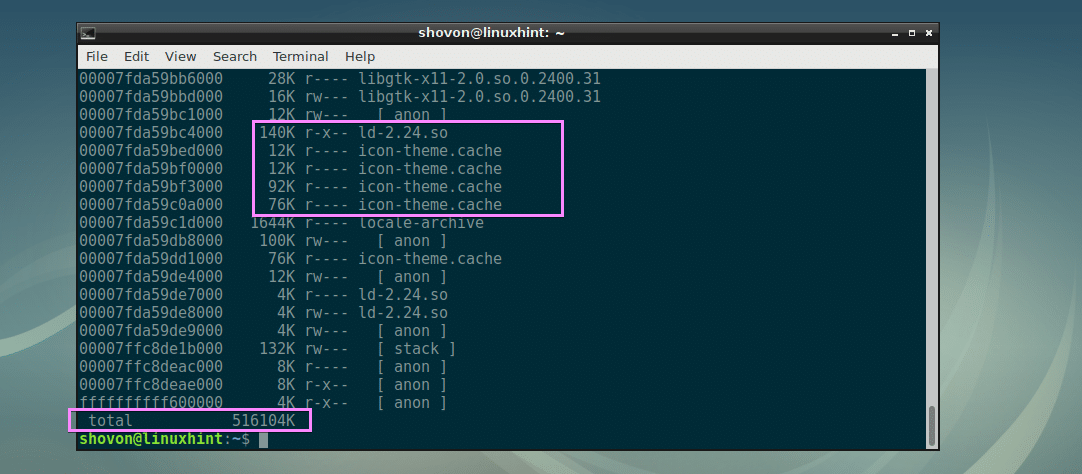
# smem -K /path/to/kernel/image/on/disk Īmount of physical RAM. This lets smem include the size of the kernel’s code and statically allocated data in the systemwide (-w) output: # chmod +x /usr/local/bin/smem How do I use smem command? RHEL / CentOS Linux user type the following wget command (or use the curl to download file) To install smem type the apt command or apt-get command under Debian / Ubuntu Linux: Hence, use the apk command on Alpine Linux, dnf command/ yum command on RHEL & co, apt command/ apt-get command on Debian, Ubuntu & co, zypper command on SUSE/OpenSUSE, pacman command on Arch Linux to install the smeme. Both text mode and graphical output are available.īy default, smeme command may not be installed on your system. Memory can be reported by process, by user, by mapping, or system-wide. They do not include memory that has been swapped out to disk. The USS and PSS only include physical memory usage. The unshared emory (USS) plus a process’s proportion of shared memory is reported as the PSS (Proportional Set Size). Shared memory is divided evenly among the processes sharing that memory. Unshared memory is reported as the USS (Unique Set Size).

The smem command reports physical memory usage, taking shared memory pages into account.

It is used by free to report the amount of free and used memory (both physical and swap) on the system as well as the shared memory and buffers used by the kernel.


 0 kommentar(er)
0 kommentar(er)
